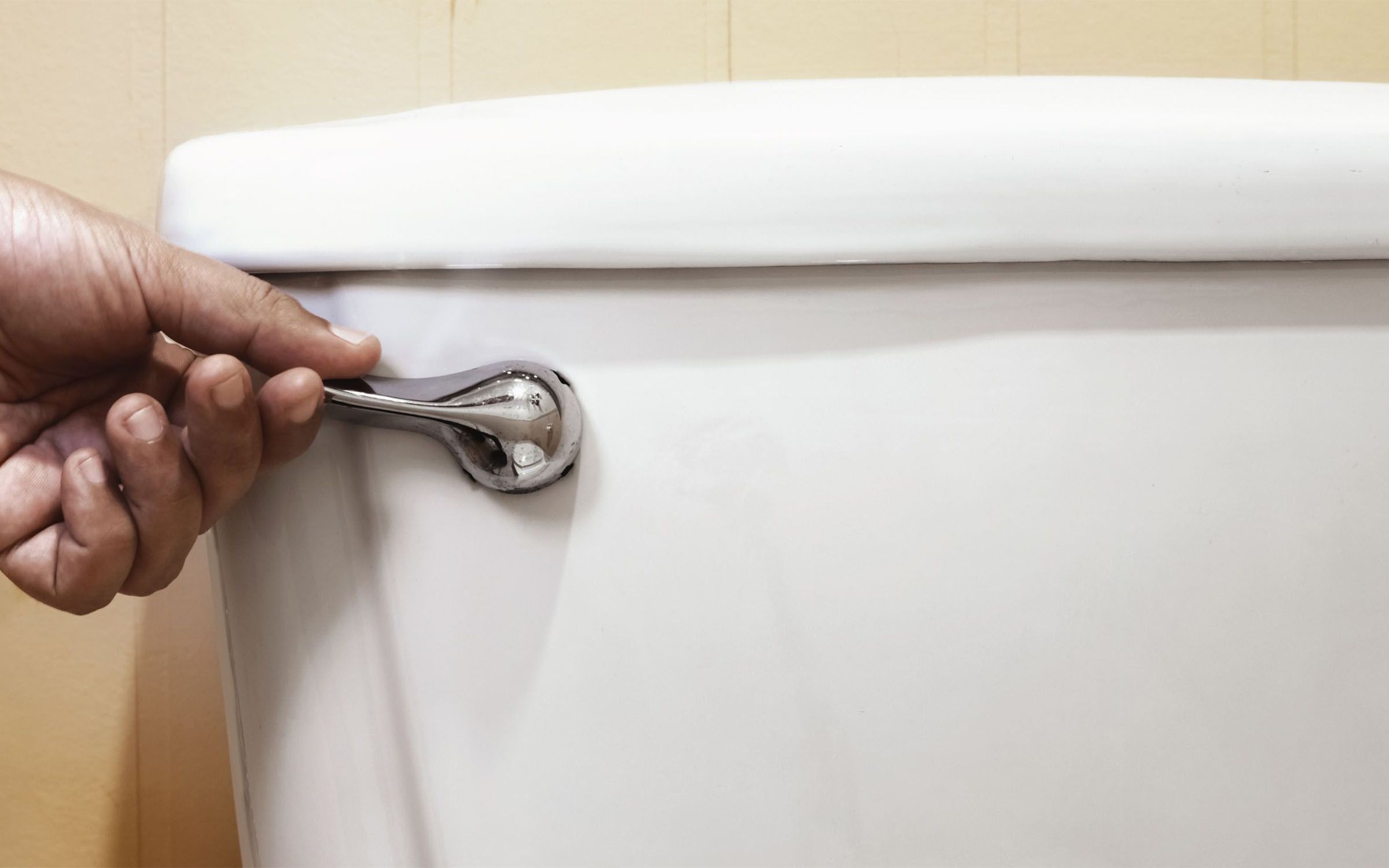Enjoy this Article, Statistics, Insights and Much More...
Genital Size

Continue Reading your
Article with a Genital Size
Subscription.
Explore our Subscription Plans
More Coverage
British man receives penis graft after losing his in childhood accident
British man Mohammed Abad, who lost his penis in a childhood accident, has received a bionic version of the organ thanks to pioneering surgical techniques.
What is sex tourism, and why is it so popular?
Sex tourism is a form of tourism in which people travel to engage in sexual activities with local sex workers.
Blushing Red Lips, Cloud's Delight: The Science Behind the Turkey Vagina Cloud
"Ah, the night sky is giving us an exhibition show with a close-up look at her vagina fully aroused with her lips swollen and blushing in red colors, such a lovely sight to see and admire."












